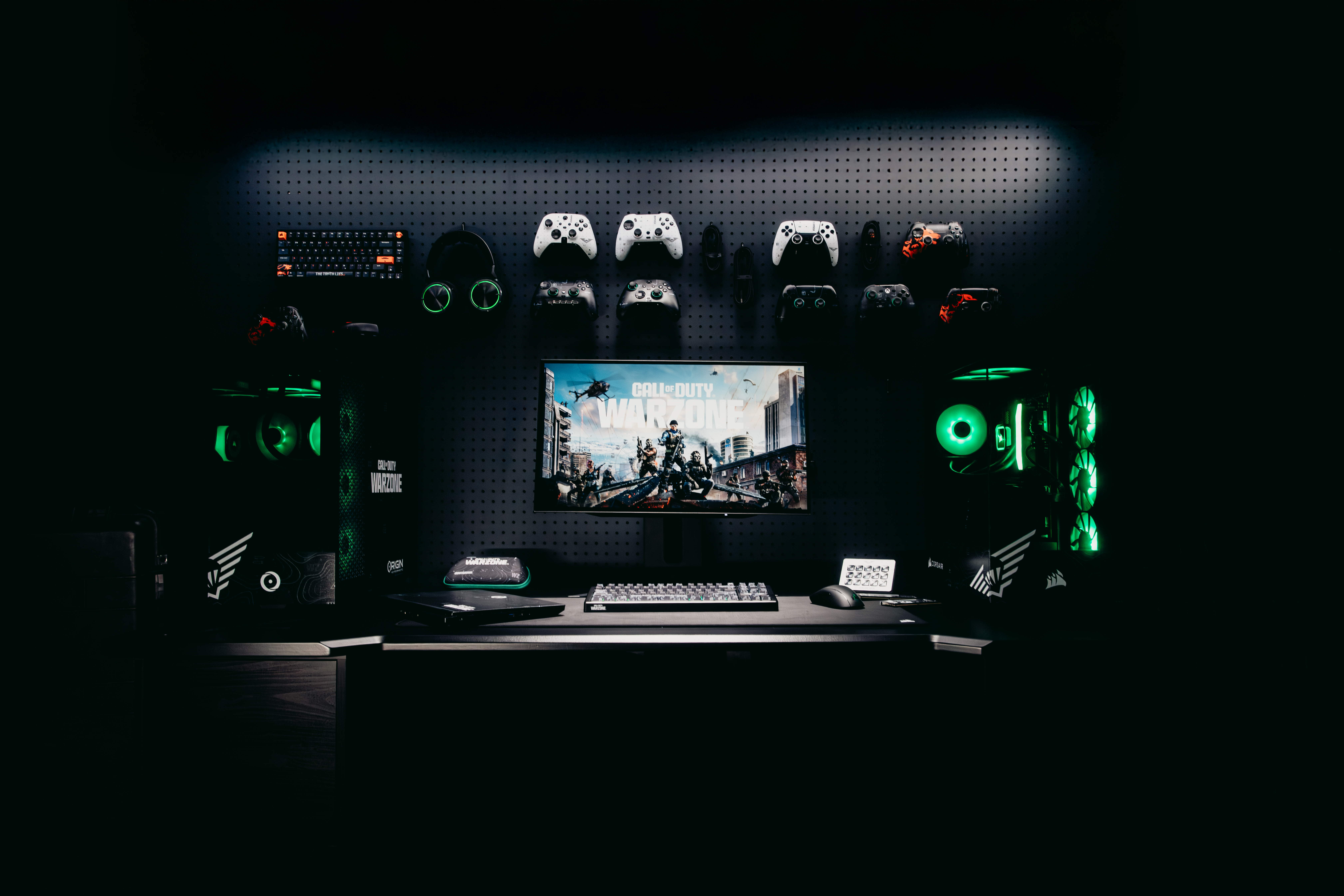Why the 2-in-1 PC's next big thing will be dual displays
Forget foldable phones, and start picturing dual-screen Ultrabooks. You should expect this PC category to embrace dual screens in 2019 to keep 2-in-1s fresh.
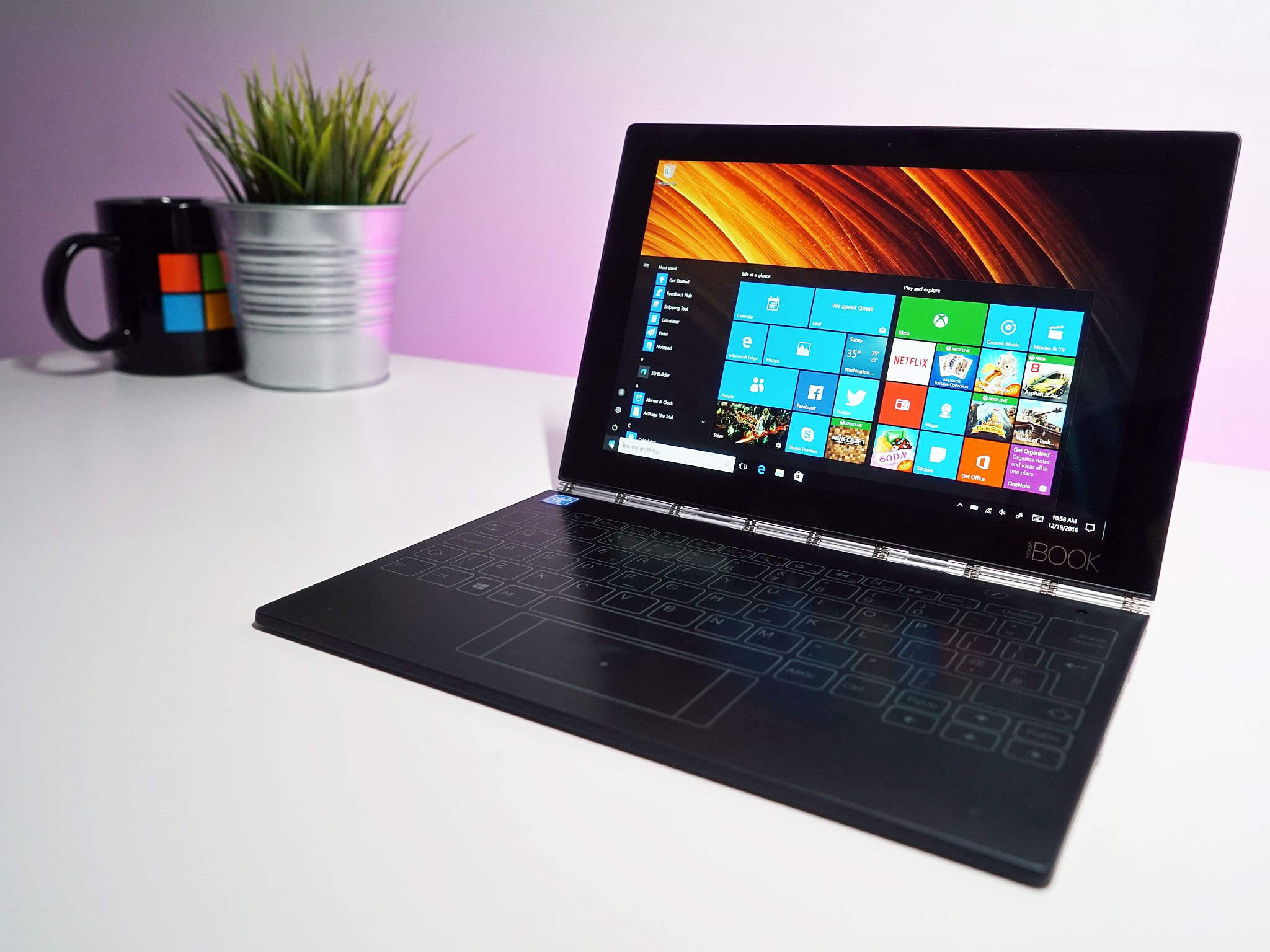
Ever since the rise – and spectacular fall – of Windows 8, the 2-in-1 PC category (or "convertibles") has been on the increase. For a few years, there was some wild experimentation by manufacturers, with spinning displays (Lenovo ThinkPad Twist), or screens that rotated around in their frames (Dell XPS 12). But it was the Surface Pro form factor – perfected with Surface Pro 3 – that nailed the basics.
In 2018, Microsoft does not even advertise the Surface Pro as a tablet. Instead, it's "the ultimate laptop with the versatility of a studio and tablet." The biggest change, though, is mindshare. Laptops that can turn into tablets for inking with ease are not only accepted, they make up the most interesting PC category around.
But what comes next? Adding two displays may not be just for phones and pocketable devices. Here is why dual-screen laptops are likely on the horizon.
2-in-1s need to be revitalized
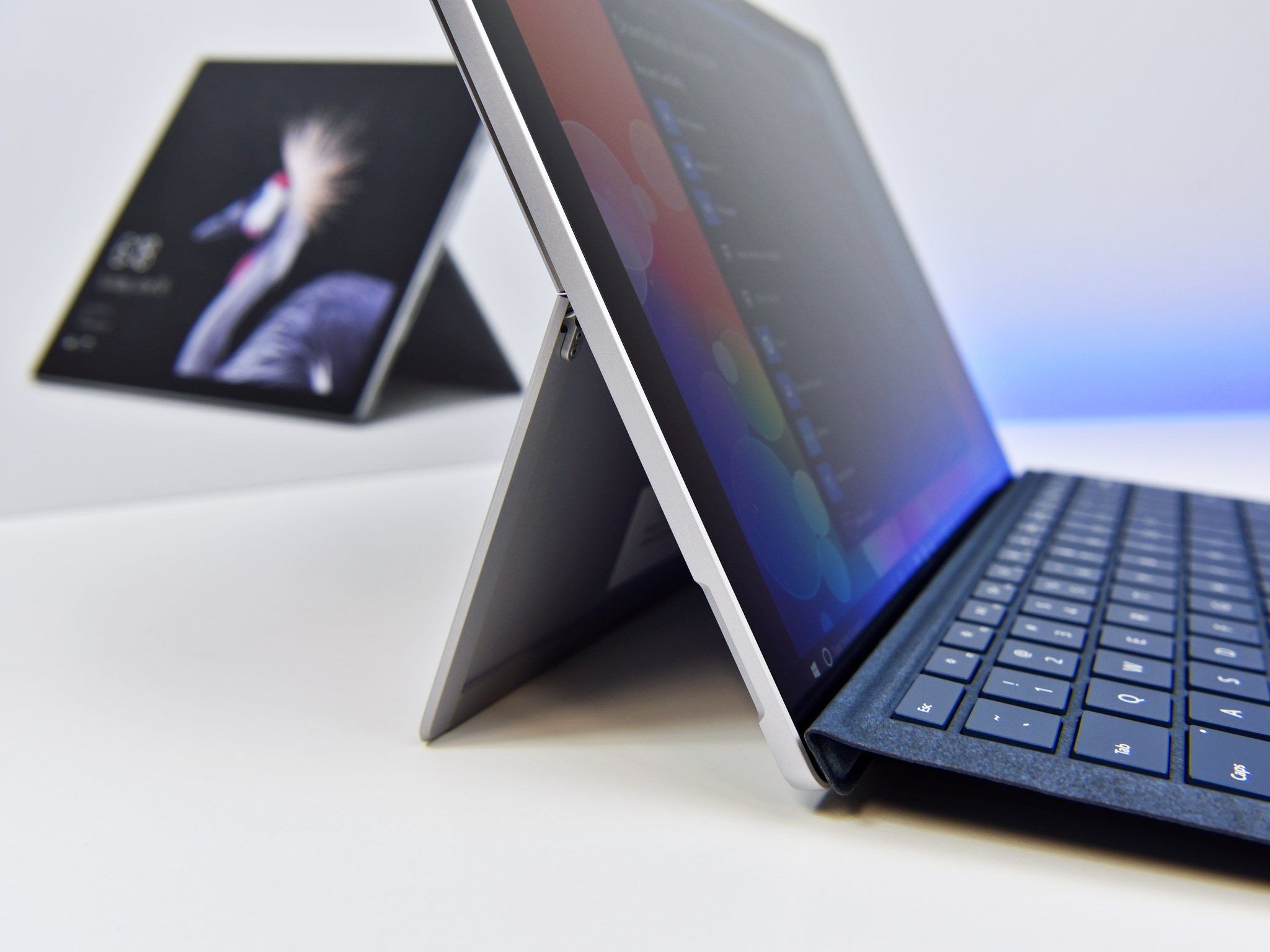
Arguably the most significant lesson Microsoft and its hardware partners learned since Windows Vista, and the decline of the PC, is stagnation equals death. Google is on the rise with its Chromebook vision. Apple is in the midst of transitioning its core base from macOS to iOS-type devices. The competition is fierce and shows no signs of slowing down. Microsoft is rightly concerned with losing ground to Google in education, and Apple is repositioning the iPad Pro as good enough with its new "What's a computer?" ad campaign.
Surface-style laptops are more abundant than ever with the top three PC manufacturers – HP, Dell, and Lenovo – all releasing convertible PCs for consumers, enterprise, and education. This category will only grow stronger with the new Always Connected PC category
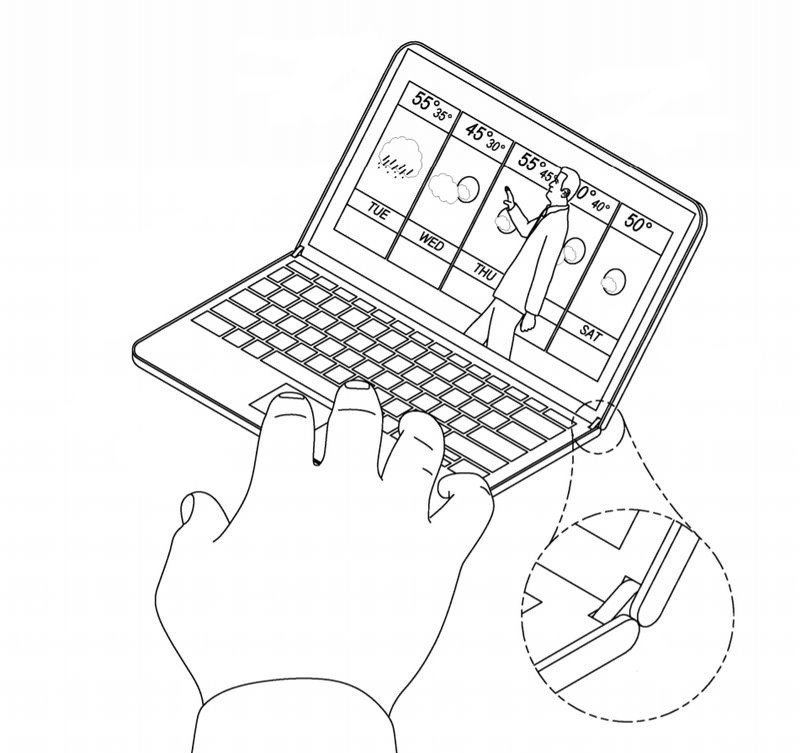
But will the "tablet PC with floppy keyboard" always be the dominant design?
There is no need to throw our current convertible form factors for something new, but evolving the category is necessary to stay ahead. If digital inking, multitasking, and flexible form factors are driving forces for the 2-in-1 PC category, dual-display Ultrabooks begin to make sense.
Get the Windows Central Newsletter
All the latest news, reviews, and guides for Windows and Xbox diehards.
Yoga Book – Considering the future past
The Lenovo Yoga Book came out in October 2016. It's a device that was very much ahead of its time, which is what makes it so fascinating. Its Halo Keyboard only appears when the device is powered on, and it looks like something out of a Black Mirror episode (in fact, you can spot it in one episode of season four).
The Yoga Book, though, is a flawed device. The Intel processor is merely OK. The typing experience is awkward. The display bezels are too large. But these are minor issues that – in theory – can be resolved through intelligent engineering. Adding a Qualcomm Snapdragon 845 processor could do wonders.
As an example of how technology can solve these problems, consider the iPhone circa 2007. The phone famously rejected physical keyboards for a touch-typing experience, which many spurned. But technology prevailed, and touch-typing on phones is now the standard.
The neat trick the Yoga Book did was switch the Halo Keyboard to an area for inking – something that Windows 10 is increasingly focusing on these days. The execution was far from perfect, but given time to germinate, the driving idea behind it is loaded with possibilities.
The rise of dual-screen convertible PCs
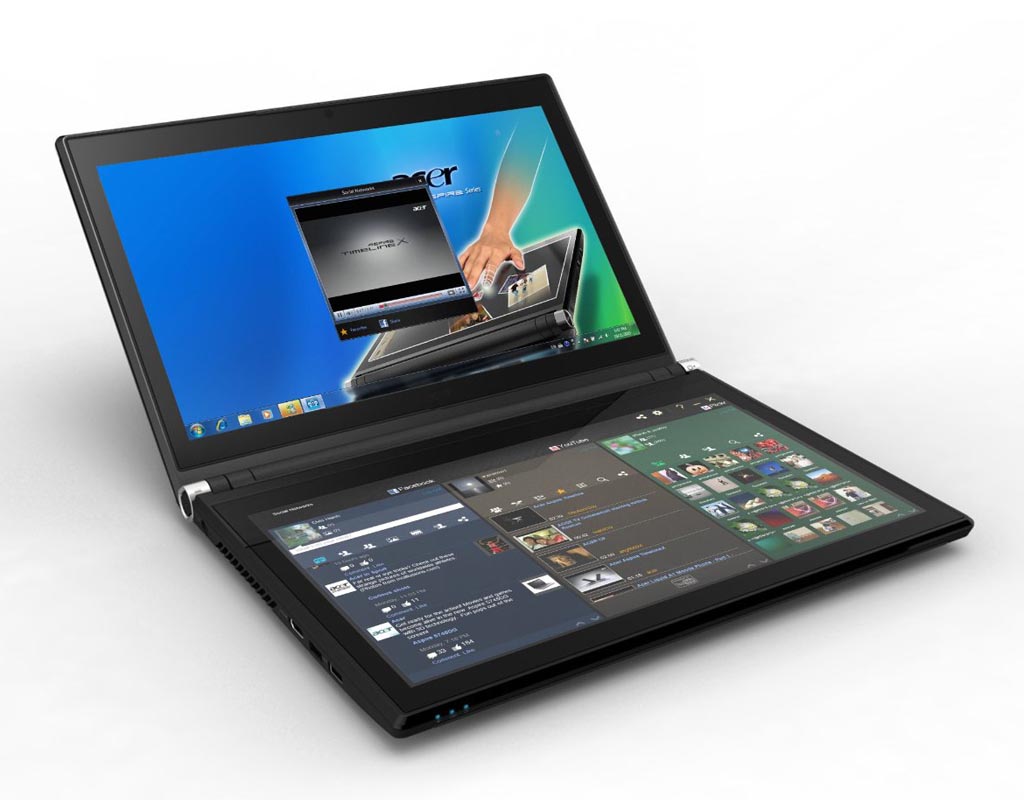
While dual-screen laptops have always been a possibility, I think many factors make the concept ready for mainstream starting in 2019, including:
- Lower costs to manufacture.
- Better optimized for battery consumption.
- Thin touch digitizers.
- Overall better quality control (no more dead pixels).
- Windows Core OS and Composable Shell.
Resolutions have jumped dramatically to 4K, AMOLED technology for laptops is now available, bezels are getting ultra-narrow, touch digitizers are super thin, and most importantly, prices have dropped because of mass production.
But the real driving force may be Windows 10 itself. Microsoft is going full throttle with digital inking, which is becoming increasingly popular for students.
Microsoft's composable shell, a.k.a., CShell combined with Windows Core OS is the next generation of Windows for the modern, mobile age. That Microsoft technology along with the Universal Windows Platform (UWP) is going to allow for dual-screen apps and device experiences, something we'll see first with Project Andromeda, likely later this year.
But the idea behind Andromeda – a dual-screen device that folds – is not limited to just the pocketable form factor. The idea that Microsoft and its partners may be exploring how to adapt this form factor for Ultrabooks should be on your mind when considering the future of the PC.
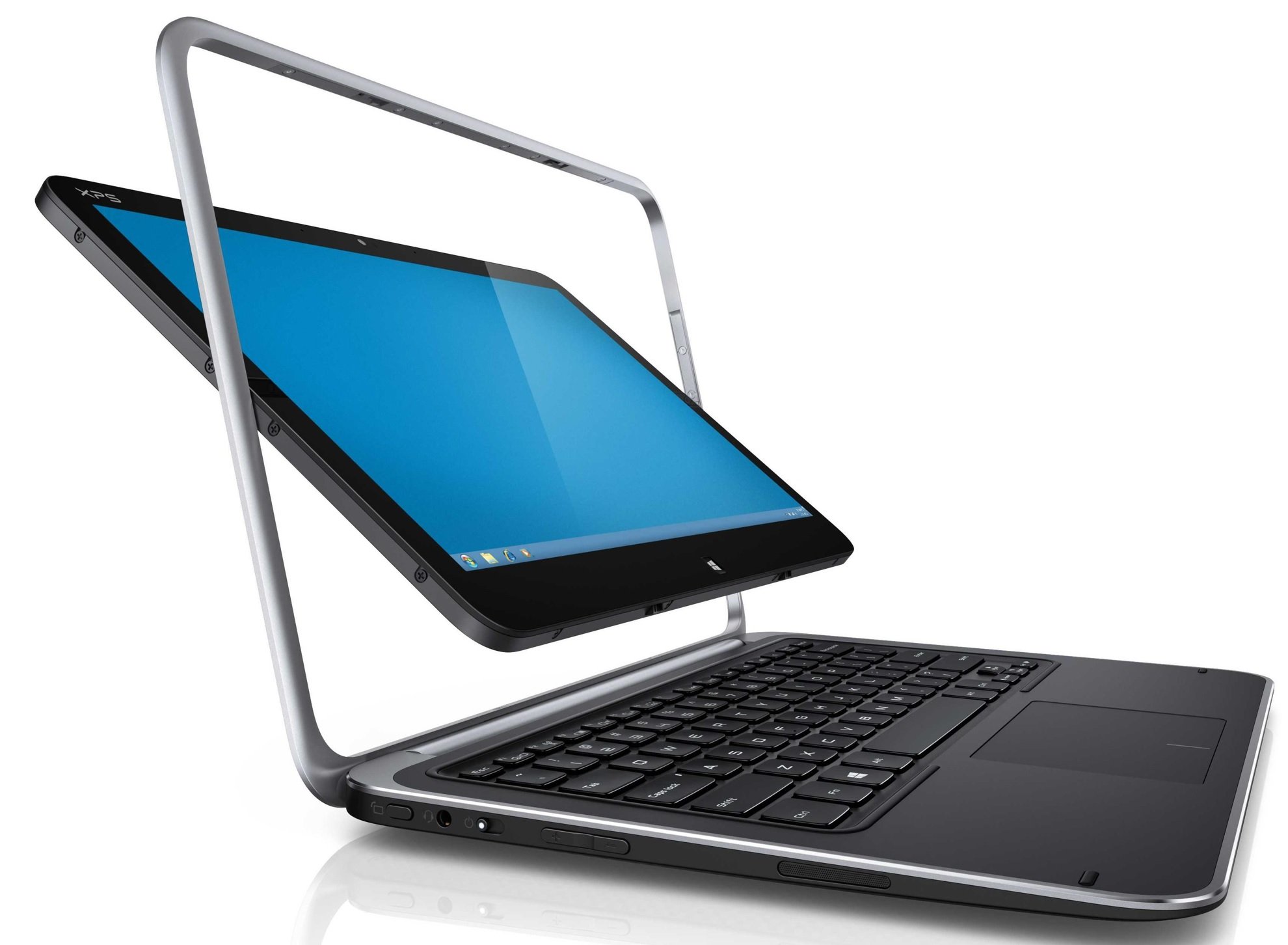
Lenovo's Yoga Book was the first shot at this, but I assure you it is far from the last.
However, like the early days of Windows 8-era convertibles, we are likely to see some wild designs, wacky creations, and a few failures before the market finds a happy medium.
There also remain many questions to be worked out mainly around touch typing. While touch typing can get by on a smartphone, it is not clear that with today's technology it can replace a full keyboard with moving parts. But like the iPhone, this "problem" is solvable with the right engineering.
Embrace the new PC
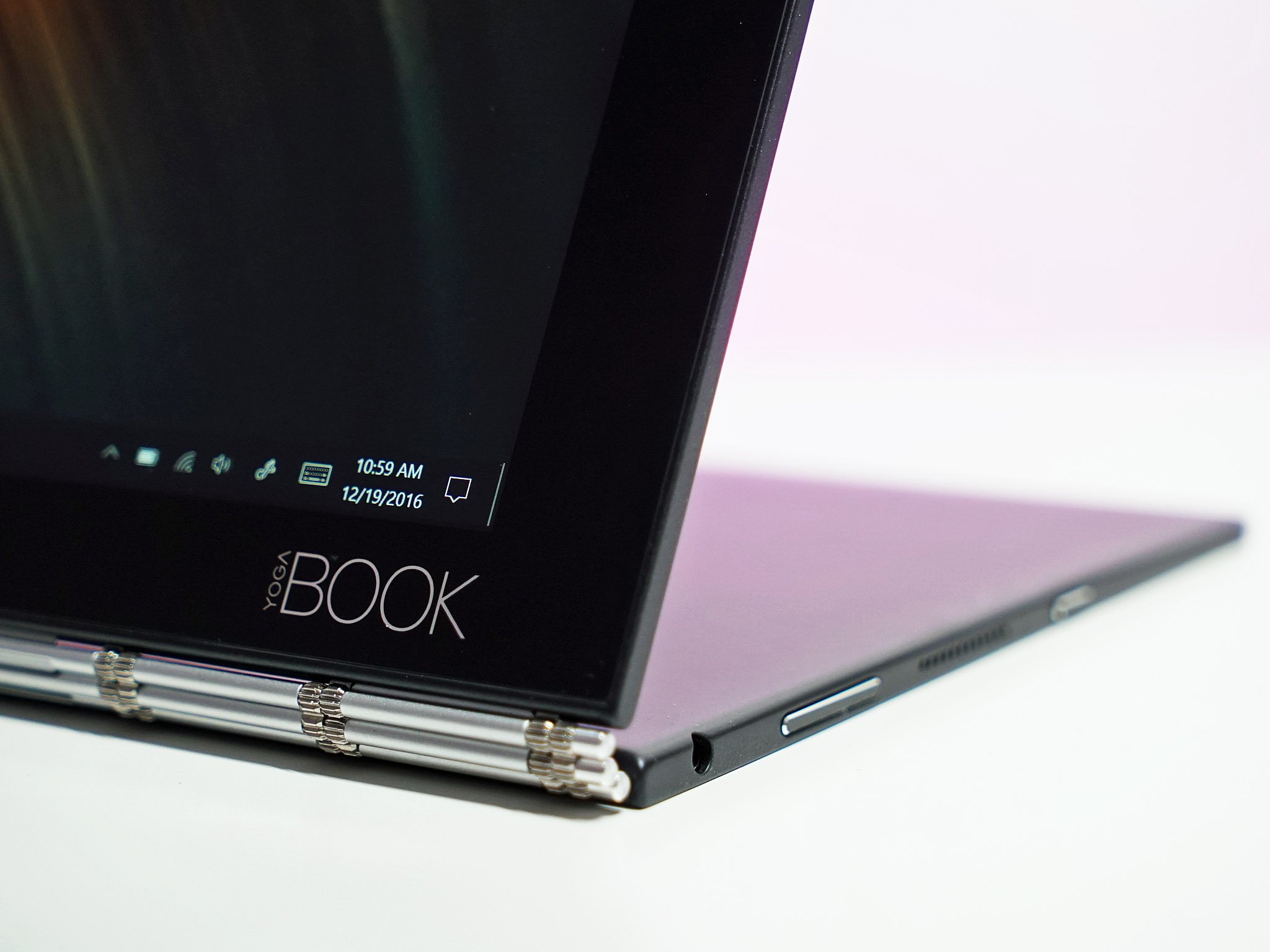
The critical take away here is that the personal computer is far from dead. Microsoft knows PCs are its base, but it needs to continually push the form factor into new designs, solve new problems, address new concerns from customers.
The current iteration of Windows, with its legacy shell and OS components (like Win32), is a strength on the desktop but a weakness on mobile. Look for the continued jettisoning of the old Windows in the consumer market and new, radical designs for PCs going into 2019 and beyond.
Dual-screen laptops open a whole new avenue of creative options for users and a re-imagining of what a PC not only looks like but does. This is where Windows and the market are eventually headed. For those of you who hate change, fear not. Windows 10 Pro with its legacy UI and old Win32 components will remain as an option, as will "traditional" clamshell laptops with membrane keyboards.
But the PC as you know it is about to undergo a radical shift — and that's very exciting.

Daniel Rubino is the Editor-in-chief of Windows Central. He is also the head reviewer, podcast co-host, and analyst. He has been covering Microsoft since 2007 when this site was called WMExperts (and later Windows Phone Central). His interests include Windows, laptops, next-gen computing, and wearable tech. He has reviewed laptops for over 10 years and is particularly fond of 2-in-1 convertibles, Arm64 processors, new form factors, and thin-and-light PCs. Before all this tech stuff, he worked on a Ph.D. in linguistics, performed polysomnographs in NYC, and was a motion-picture operator for 17 years.
